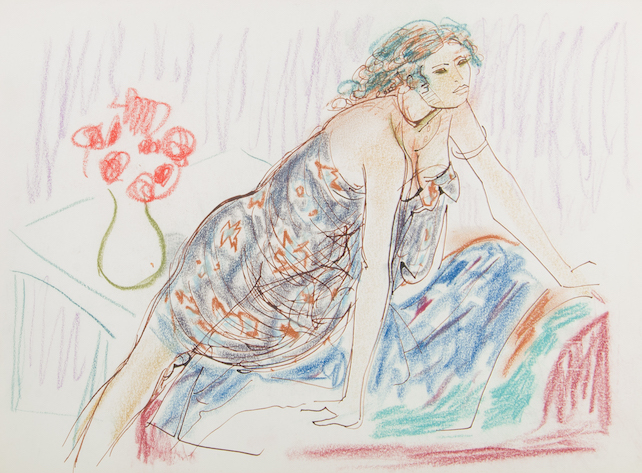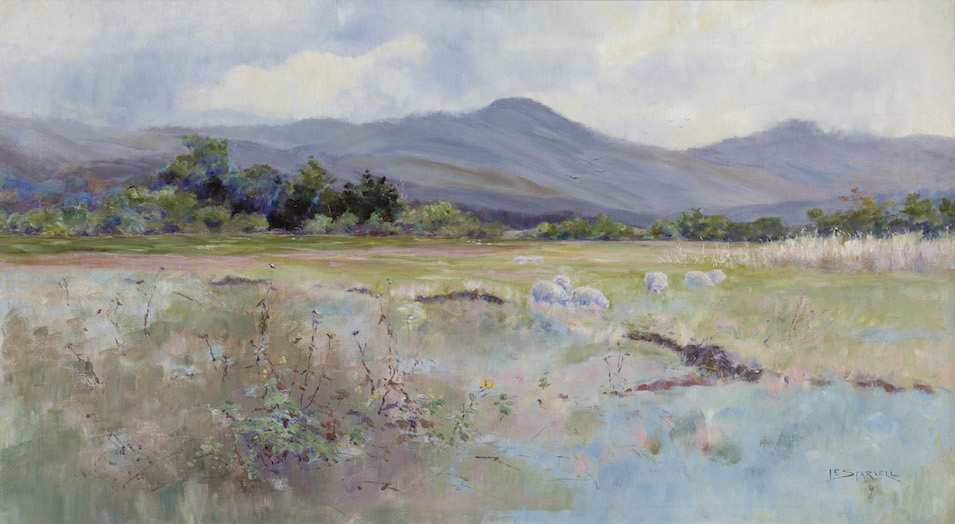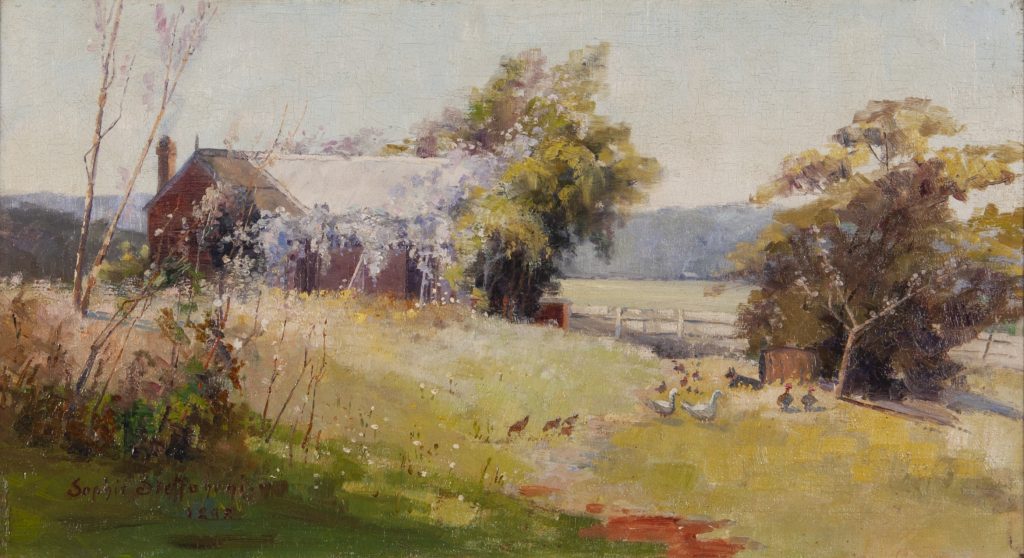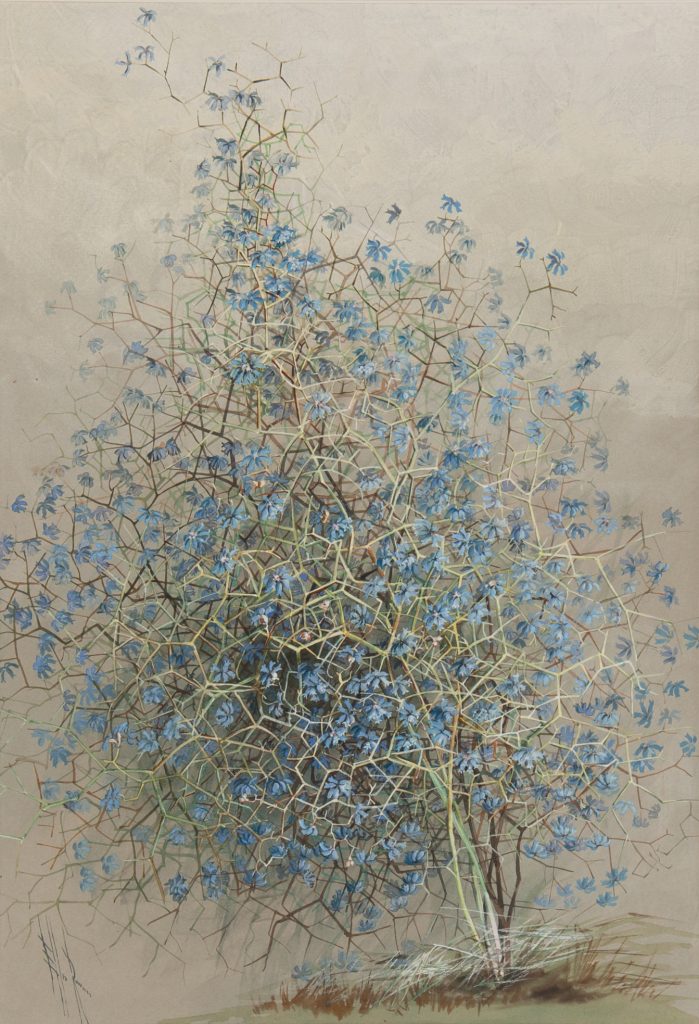ASSISTANT GALLERY MANAGER
POSITION AVAILABLE
This position is one within a very small team, comprising two Gallery Directors and a Gallery Manager. It is important for the person in this role to have the initiative, energy, ability and commitment to cover a broad array of tasks as and when required, to be responsible for them and to work in an often unsupervised environment. Often duties cross over and supports all roles.
ABOUT US
Lauraine Diggins Fine Art specialises in Australian colonial, impressionist, modern, contemporary and Australian Aboriginal painting, sculpture and decorative arts. Sourcing major European masterworks upon request.
The Gallery, discreetly located in North Caulfield, has built strong working relationships with private, corporate and institutional collectors and has been responsible for the placement of many significant artworks into public & private collections.
The Gallery works directly with clients to specifically source artworks for private or public collections; or to place artworks with us for sale. The Gallery also shows select exhibitions throughout the year and occasionally participates in art fairs. We manage in-house artwork and exhibition installation, curation, research, artwork packaging, promotion/marketing, media, photography, video production, design, stock management, website management, database management and all in the company of the Gallery dog, Roxy the Kelpie.
WE ARE LOOKING FOR
- A proactive self-motivated person to support the delivery of exhibitions and day-to-day operation of the Gallery
- Demonstrated experience working in the arts industry or similar environment
- Demonstrable high level IT skills using Apple Mac platform
- Administrative experience with demonstrated interpersonal, written, oral communication and organisational skills
- The ability to work both independently and as a part of a small team
- Ability to work in an environment with competing priorities
- A passion for people, arts and events
- Do you have a background in any of the following: marketing, accounting, curatorship, catalogue production or other??
WHAT WE CAN OFFER
As an employee of the Lauraine Diggins Fine Art you will be part of an inclusive culture. This role is permanent part-time, days of the week are negotiable. Evening or weekend exhibition openings will occasionally be requested.
HOW TO APPLY
If you have the skills, abilities and attitude to take on this position please enquire here. If you require further information please also email us by clicking here.
Gallery hours 10am-6pm, Tuesday-Friday.
W: www.diggins.com.au
FB: LauraineDigginsFineArt
FB: lauraine.fineart
IG: Lauraine_Diggins_Fine_Art
LI: Lauraine Diggins OAM
LI: lauraine-diggins-fine-art-gallery






